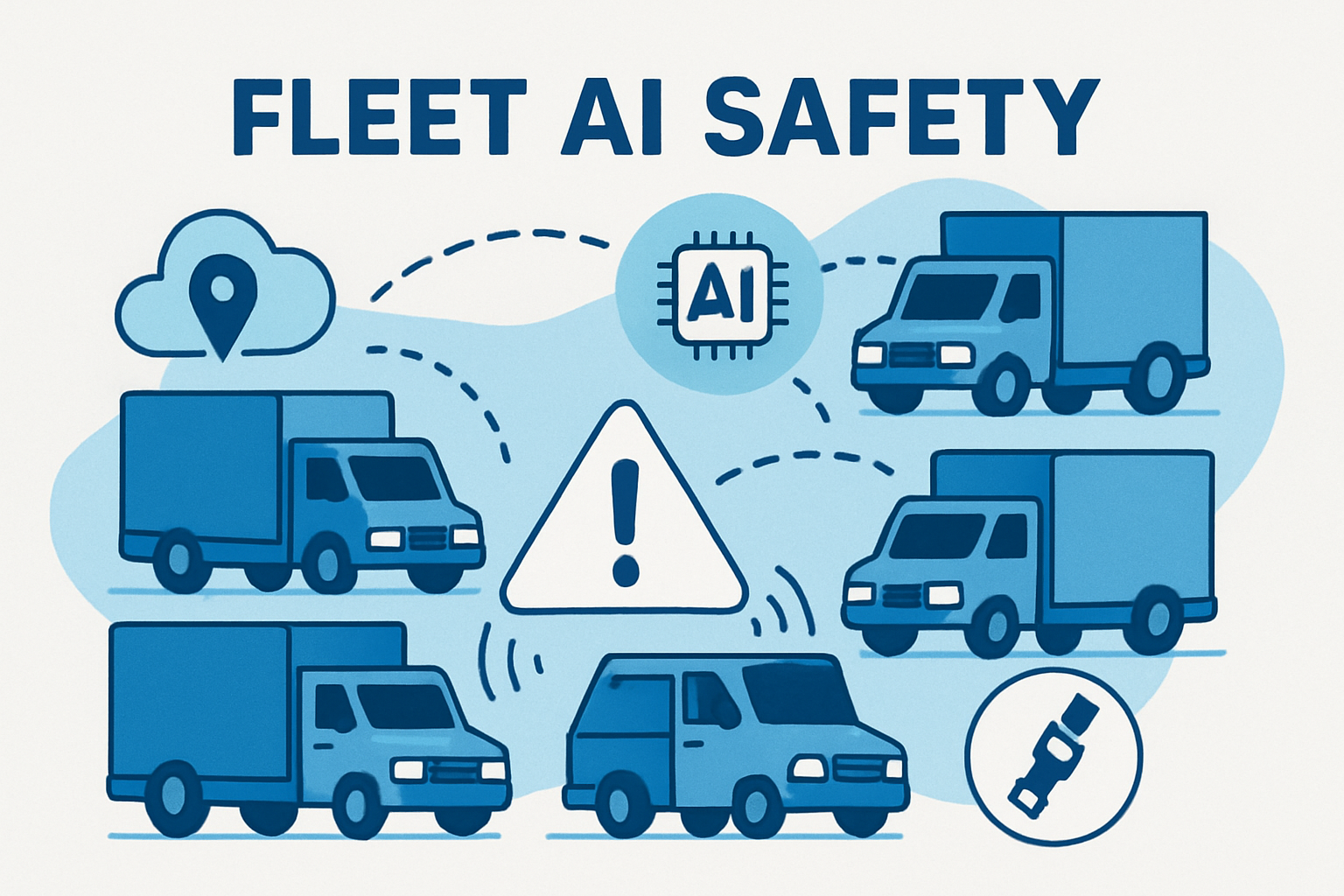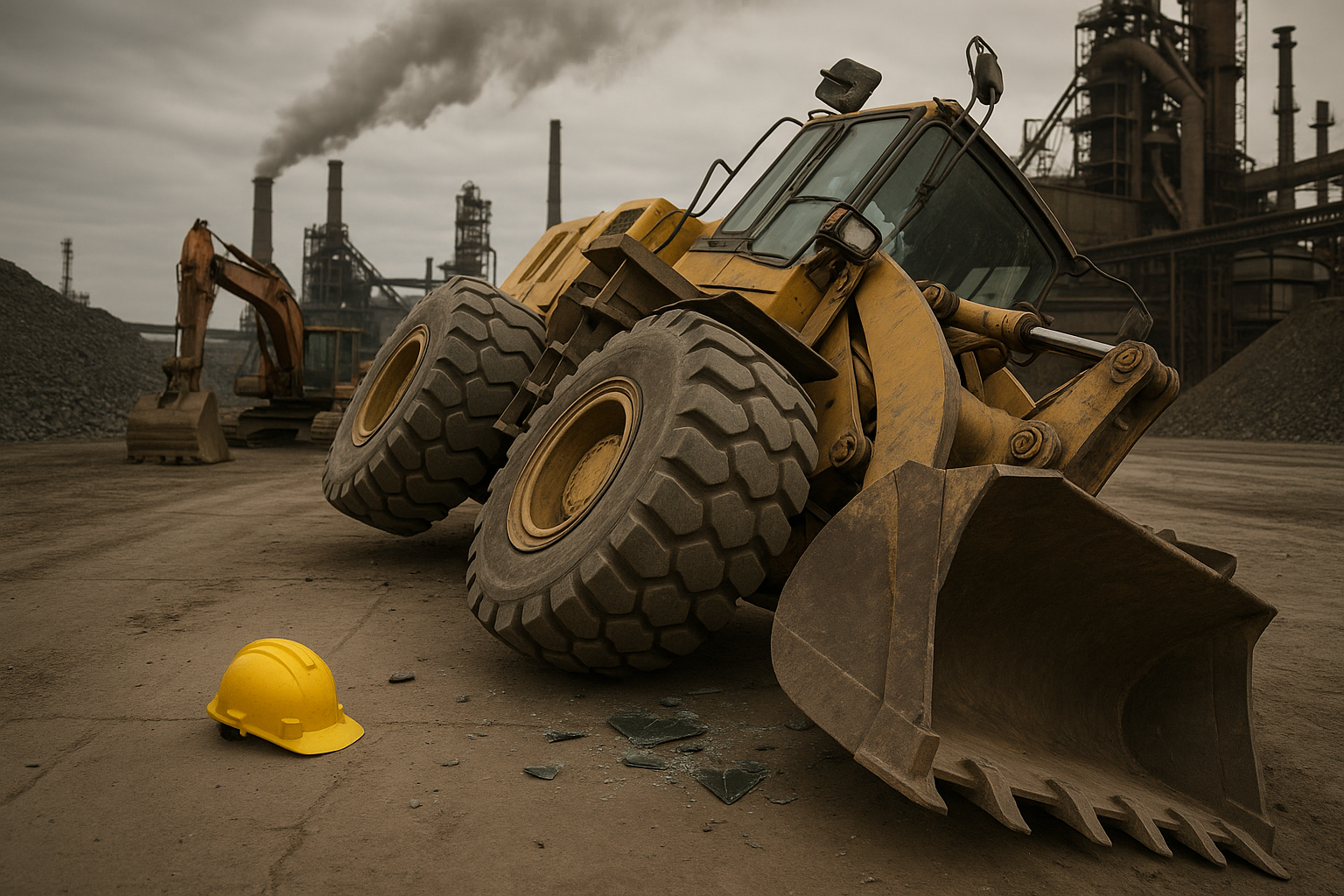.png?width=2240&height=1260&name=Untitled%20design%20(6).png) I think we can all agree that the conversation around AI adoption has shifted from “if” you should adopt it to “where” you should start. How can you ensure your AI adoption in heavy industry is the most impactful?
I think we can all agree that the conversation around AI adoption has shifted from “if” you should adopt it to “where” you should start. How can you ensure your AI adoption in heavy industry is the most impactful?
READ ANDREW'S THOUGHTS ON THE FUTURE OF AI IN MINING.
Here are some tips:
Organizational Readiness Is Step Zero
Assess your current infrastructure, data integrity, and workforce skills. Be honest in determining whether your organization is equipped to handle the change that AI in heavy industry will bring.
Start with High-ROI, Low-Risk AI Use Cases
AI for heavy industry has many applications, but not all are created equal. Consider where AI can provide the highest return with the lowest risk. For many organizations, AI for productivity enhancements is a good first, accessible step.
For example, you can get quick wins without much risk by using AI for predictive equipment maintenance, asset management or shift work scheduling.
Identify AI's Roles in Your Heavy Industry Operations
Identifying roles where AI can assist in decision-making or take over routine tasks. In safety-sensitive industries, this might mean empowering frontline workers with AI tools that can monitor real-time conditions, automate routine inspections, or flag potential safety risks before they escalate.
AI won’t replace these roles but will augment them, making workers more efficient and effective.
Start with a Pilot
It’s common to start with a small-scale pilot of an AI technology to test it out before jumping headfirst into company-wide adoption. During the pilot, your team should determine how to integrate the AI solution into their existing workflows in a controlled environment before you scale up. Keep it small to one team, shift, or department.
Focus on a measurable outcome during the pilot, such as improved safety protocols or reduced operational costs.
AI Spend Vs AI Adoption
If you're looking to adopt AI soon, it's important to note that AI technology itself won’t transform your business.
That is to say, it’s important to consider AI spend vs AI adoption.
It’s easy to spend money on new AI technology. But simply buying it isn’t enough, not really.
Truly the only way to see positive impacts from AI is to build habits in your workforce that integrate AI in daily workflows. From the top, you might not realize how little AI is actually being used after you approve the investment.
Poor AI adoption is often caused by a lack of change management plan, fears, and lack of training and onboarding.
What every leader needs to remember: AI needs action. Ensure your teams are actually using it to automate tasks, generate data and insights, and make better decisions.
Invest in AI onboarding, training, and change management – not just the technology itself. Make sure it becomes part of day-to-day operations. It’s also a good idea to track usage and outcomes to ensure you’re getting real-world results from the technology as well.
How to Choose AI Technology for Your Mining Operations
Can you trust AI? It’s one of the biggest risks of adopting AI into your mining operations, no doubt. It’s easy to get caught up in the “shiny new tech” factor, but you need to consider verifiability and validation when choosing an AI solution for heavy industry operations.
Verifiability ensures you can trace back and understand how an AI system reaches its conclusion. If you don't know why a decision was made, can you really trust it?
Validation, on the other hand, proves that AI performs reliably and accurately in real-world conditions. It’s not enough for an AI company to claim its product works. You should ensure the technology has been extensively tested and validated in relevant environments to ensure you can trust its accuracy.
For example, our fatigue risk management technology Readi uses the SAFTE fatigue model to predict fatigue risks in the workplace. This biomathematical model has been extensively tested and has been proven as a reliable predictor of fatigue impairment and performance.
When comparing AI solutions, I implore you: Look past the bells and whistles and make sure to ask about the research and validation behind their technologies. That’s how you’ll know whether the AI you choose can deliver real value to your organization.
Organizational Readiness Checklist for AI in Heavy Industry
Here’s a simple organizational readiness checklist to determine whether your company is ready to truly dive into AI adoption:
Data quality: Is your data clean, accessible and actionable? AI thrives on data, and the insights you’ll be able to generate from an AI solution will be limited if you don’t have solid data.
Infrastructure: Can your current systems support AI integrations?
Leadership buy-in: Do leaders see AI as a strategic priority? Organizational change starts at the top, and a clear vision is key for success.
Workforce alignment: Are your frontline workers ready to add AI into their day-to-day workflows? What type of training, onboarding, and support will they need to ensure AI adoption success?
If you want to see real impacts from AI on operational efficiency, productivity, and costs, you can’t think of it as just another tech upgrade. Without the right foundation, it’s unlikely that you’ll get the most out of any AI technology you try to adopt. That’s why I say organizational readiness is step zero in your AI journey.
Related Posts
-
The Future of Fatigue Risk ManagementIn 24/7 mining and industrial fleet operations, fatigue is a high-frequency, high-cost risk multiplier. Historically,...
-
AI Risks in Fleet Safety: Avoiding False Positives and Overreach with Predictive Fatigue InsightsAI is transforming fleet safety, but not always for the better. While tools like dashcams and driver-monitoring systems promise...
-
Understanding Workplace Accidents Caused by FatigueSummary Fatigue causes 13%+ of workplace injuries and impairs critical safety functions. Shift work and long hours are major...




